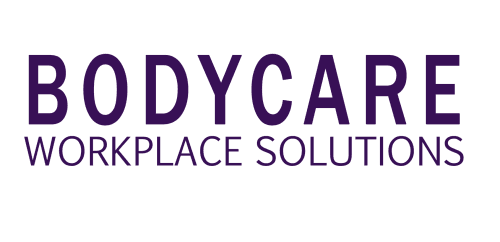Balancing the benefits and challenges of pre employment screening

In almost all businesses and industries, pre-employment testing and screening is used as part of the recruitment process. The goal when hiring is to find the most qualified, most skilled and most suitable candidate for the role. This is why pre-testing and screening is often used as a tool to gather all of the relevant information required to make the best recruitment decision. It is also used as a risk management tool for organisations to learn more about job applicants prior to employment.
The harsh reality is that without adequate pre-screening or testing, not only is it difficult to determine who is best for a job, it is also difficult to determine whether a candidate actually has the right skill set, is physically able to perform the role, or is the right cultural fit for the team and organisation.
Still, pre-employment testing isn’t a perfect science. Screening results may not always be reliable, or even relevant to the decision-making process. In this article, we discuss how to balance the benefits and the pitfalls of pre-employment screening to make the best use of this tool within your business.
What is pre-employment screening?
Pre-employment screening is a process whereby testing and screening is conducted on job applicants to determine their suitability and compatibility for a role. Pre-employment screening can be skill-based, personality-based, experience-based or physically based depending on the role you are recruiting for – in some cases, it may even be a combination.
Test factors such as skill level, emotional intelligence, language proficiency and physical abilities are ways to assess whether a candidate will be able to successfully fulfil the requirements of the role. It’s important to remember that pre-employment screening is a tool to gather information so that an informed recruitment decision can be made, it cannot be used to discriminate against an individual.
What are the benefits of screening potential employees?
Reduced Turnover
By thoroughly screening a candidate before hiring, employers are able to improve their chances of selecting the right person for the right role within their organisation. This can help to increase productivity and reduce the costs associated with high employee turnover rates, such as having to find and train new employees to replace inadequate ones.
Safety and Injury Prevention
Screening can also help to protect the worker, their colleagues and your customers from injuries and incidences. For example, if someone is not physically fit to operate a piece of machinery, there is a higher chance that they could make a mistake, leading to an accident or workplace injury. Appropriate pre-employment medical and functional tests can be used to identify any health or fitness issues that could potentially make an individual unfit for a role. Armed with this information, a company is in a better position to hire a candidate that is more suited for the role or otherwise implement reasonable changes to accommodate the individual’s needs. This also protects the business and helps to keep medical costs to a minimum.
Where pre-employments can become controversial
While undoubtedly pre employments are useful within the hiring process, there is such a thing as going too far. It is important to note that pre-employment testing cannot be used to discriminate against a candidate or individual. When medical or health information is gathered, only relevant information should be collected. Employers must only test for conditions that directly impact the candidate’s ability to perform the inherent requirements of the role. If the pre-employment process isn’t correctly handled or if the testing doesn’t accurately mirror the inherent requirements of the role, there is the possibility for unfairness and discrimination in the recruitment process.
Ultimately, federal law states that you have the right to a job if you are the most qualified, despite your cultural background, disability or status. Pre-employment assessments, medical or otherwise, cannot be used to identify a disability or lifestyle factor which is unrelated to job performance.
Privacy, privacy, privacy – information gathered within the pre-employment process should be handled with complete discretion and only the people involved in making the recruitment decision should be privy to the testing results. This is particularly important when it comes to sensitive medical and health information.
Best practices for pre-employment screening
- When the role is physical in nature, use a job task analysis to determine the inherent requirements of the role.
- Make sure that you select tests and screens that can be used to directly assess whether or not a candidate can perform the inherent requirements of the role. For example, a personality test is relevant for a job that involves customer service or working in groups, but not relevant for someone with a relatively solitary role such as driving a truck. A manual handling test is relevant for someone working within a manual role, but not relevant for someone who works in an office.
- Make sure your screening process is aligned with anti-discrimination laws at both the federal and state level.
- Regularly assess whether or not your pre-employment assessments are providing consistent and reliable results. To ensure you are getting accurate results use industry-standard tests and where equipment is utilised, ensure that it is regularly calibrated to the manufacturers or industry standards.
- Ask questions, when you received the results if you are unsure how to interpret the information ask for clarification from your provider.
- Most importantly, remember that information gathered within the pre-employment process should be used to make an informed and educated recruitment decision NOT to discriminate. If there are reasonable adjustments that can be made, work with the individual to find a solution that works for everyone.
In order to get the most out of your pre-employment screening process, make sure that the tests and screening tools that you use are right for your organisation.
If you would like guidance with your pre-employment screens, we can help. Get in touch with us today to learn more.


